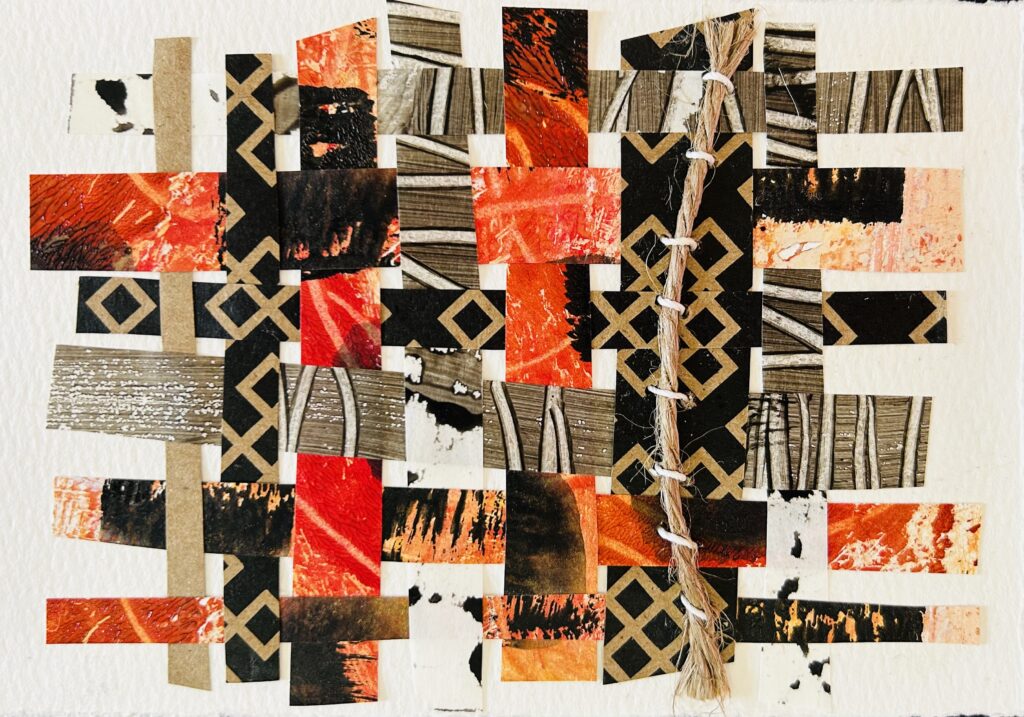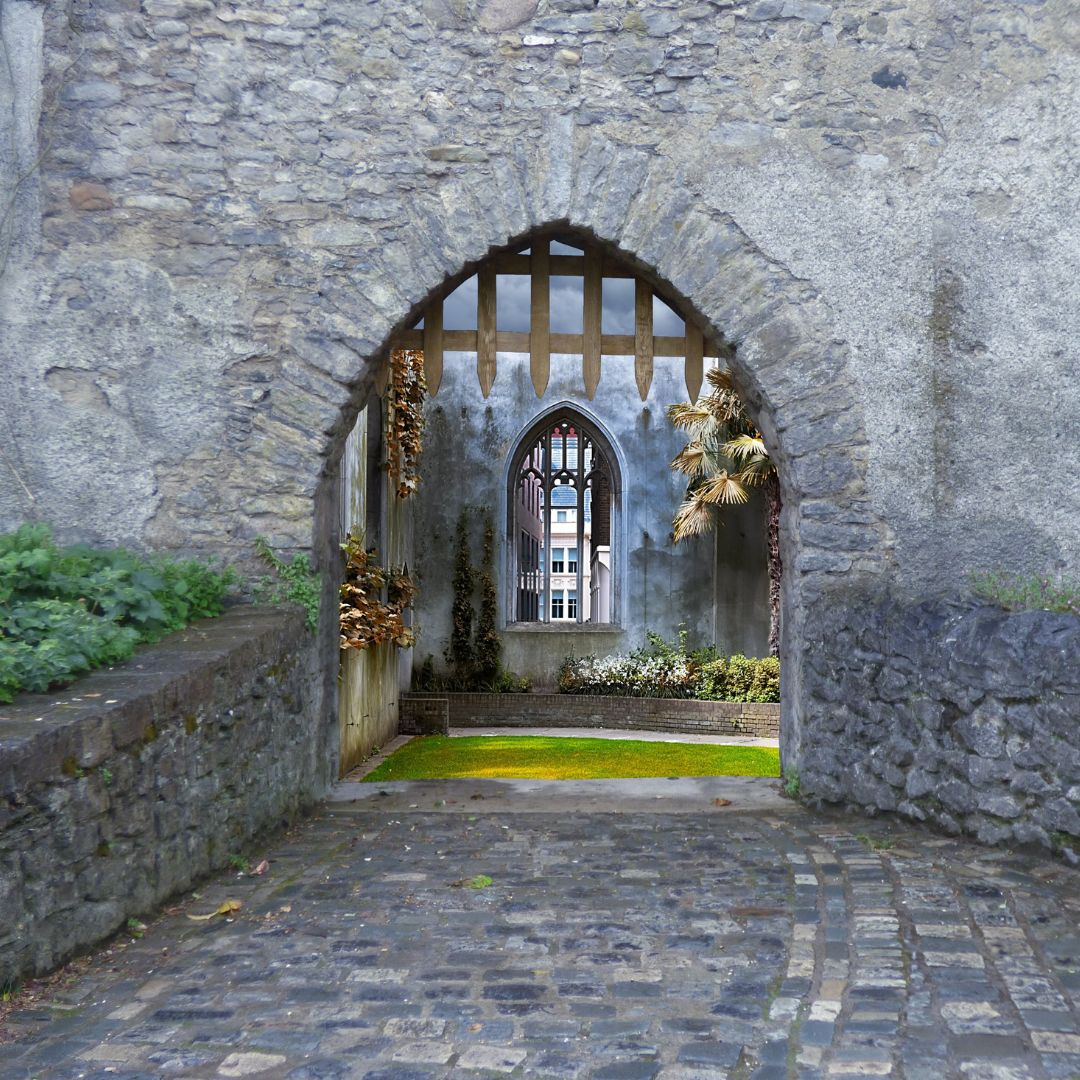Art by Rabbi Debra Cantor
Part One: Aharon
For Nadav and Avihu, Aharon’s two precious sons
Who brought esh zarah to the Holy Blessed One,
Aharon bathes and dresses in linen,
And he brings a bull for chatat in addition,
So that he can enter the Kodesh HaKodashim,
So that the wrongs of his kin will soon be wiped clean.
Two rams for the burnt offering, the olah,
Two goats from the community, for Azazel and for Yah.
After slaughtering the bull, he takes some incense and coals
And brings them behind the curtain, to protect his soul.
As commanded, Aharon sprinkles blood one and seven times
Tamei to tahor, the blood cleanses and invites the Divine.
With all the sacred spaces rid of impurities,
Aharon confesses his and his community’s iniquities.
Laying his hands upon the head of the goat for Azazel,
He places the sins on the goat, into the wilderness expelled.
Then Aharon removes his sacred linen garments
And bathes once again, a successful priestly performance.
Part Two: The Kohein Gadol
This tradition continues long after Aharon’s death
As the Kohein Gadol performs these rites in his stead.
Seven days before Yom Kippur,
the Wise Ones take him from his front door.
Although at this point he lacks panache,
They bring him to the Beit HaMikdash.
There he practices his priestly obligations
Preparing for Yom Kippur’s sacred coordination.
The Wise Ones instruct him in case he is unsure or nervous
On the animals and the order of the service.
They let him enjoy food and drink all seven days,
But Erev Yom Kippur they take it all away.
From sacred texts they read to him to keep sleep at bay,
And to prevent impurities, which might cause disarray.
To prevent zealous kohanim from endangering each other
They conduct four lotteries, one after another.
They draw lots to assign each priestly role
That is not assigned to the Kohein Gadol.
In the morning, the Kohein Gadol immerses,
Rids himself of all impurities, focused on his purpose.
They dress him in linens at the community’s expense
As he prepares the daily offerings, altar, lamps, and incense.
In between the entrance and the altar stands the bull
Upon the head of which lays the two hands of the Kohein Gadol.
He confesses his family’s sins to whom all praise is due
He requests divine forgiveness, then declares TITHARU!
The kohanim and the people who witness what was said
Declare “Barukh Shem Kavod Malkhuto L’Olam Va’ed.”
The Kohein Gadol moves to the courtyard’s eastern side
Where he draws lots in order to decide
Which of the goats is for Azazel and which for Adonai,
And the one for G-d’s offering is the one he signifies.
The kohanim and the people who witness what was said
Declare “Barukh Shem Kavod Malkhuto L’Olam Va’ed.”
The goats are then moved to their proper positions,
On the bull once again the Kohein Gadol fulfills his mission.
He confesses the kohanim’s sins to whom all praise is due
He requests divine forgiveness, then declares TITHARU!
The kohanim and the people who witness what was said
Declare “Barukh Shem Kavod Malkhuto L’Olam Va’ed.”
Slaughtering the bull, the Kohein Gadol’s mind is carefully attuned.
With a golden shovel he scoops coal and places incense in a spoon.
He carefully brings this to the most sacred place.
Placing incense on the coals, smoke fills up the space.
Outside he prays and resumes his rites,
He slaughters the goat, sprinkles its blood just right.
One sprinkle up, seven down, he counts with each approach,
Ahat, ahat v’ahat, ahat v’shtayim, ahat v’shalosh…
Then he comes to the scapegoat, and yet again he confesses
Placing both hands on its head, G-d’s name he explicitly addresses,
He confesses his community’s sins to whom all praise is due
He requests divine forgiveness, then declares TITHARU!
Upon hearing the Name of Names, the witnesses kneel,
Prostrate, fall on their faces, in honor of this secret revealed.
The kohanim and the people who witness what was said
Declare “Barukh Shem Kavod Malkhuto L’Olam Va’ed.”
The scapegoat led into wilderness, all sins reassigned,
The flesh of the bull and the goat are then intertwined.
On the altar, the Kohein Gadol sets this braided flesh alight,
And the scapegoat mitzvah is fulfilled when a strip of red turns white.
But those who watch the bull and goat burn cannot see
When the Kohein Gadol walks a distant path to read.
Two separate crowds, one for Torah and one for sacrificial rite,
One watches the burning and one watches the Kohein Gadol recite.
From Vayikra, he reads the story of Aharon’s first Yom Kippur,
The instructions to fast, practice self-denial, refrain from work,
From Bamidbar he reads a verse from the heart,
About self-affliction and rest, setting the day apart.
Throughout the day as he performs his tasks
He makes sure to complete all purifying acts.
In total he immerses five times behind a sheet
And ten times he sanctifies his hands and feet.
After his last immersion they bring him his clothes,
Accompanying him to a feast at his house, his face aglow.
Part Three: Us
Today we afflict ourselves with abstinence and a fast,
No leather shoes or bathing, but if needed we adapt.
No more sacrifices, no Kohein Gadol to intercede
So now we tell the story to fulfill our need
To remember the glory of the Yom Kippur Day
At the Beit HaMikdash, where our ancestors prayed.
Slaughter, incense, Torah, scapegoats-
We recall their glory and how these rites emote.
We make a connection to G-d that is visceral and striking,
Prayer in body rather than prayer in writing.
Today I invite you to imagine, just try on for size,
What if the rituals weren’t performed right?
What if one tiny little mistake was made
And Hashem rejected your attempt to obey?
The stakes for this day were incredibly high
So today, at this moment, let’s pause and try
To center ourselves and take a deep breath
And imagine, “What if the stakes really are life or death?”
Aharon and the Kohein Gadol come to teach us
That today, this responsibility has fallen on each of us.
We are each charged to take great respect and care
As we atone and ask forgiveness for any sin of which we are aware.
With no goat to lay hands on to transfer the sins,
We must commit to doing the necessary work within.
In all of our relationships we must be accountable
Even though it is hard, the challenge is not insurmountable.
And most of all, someday we hope for a time
When the world will be permeated with the divine.
G’mar chatimah tovah!













